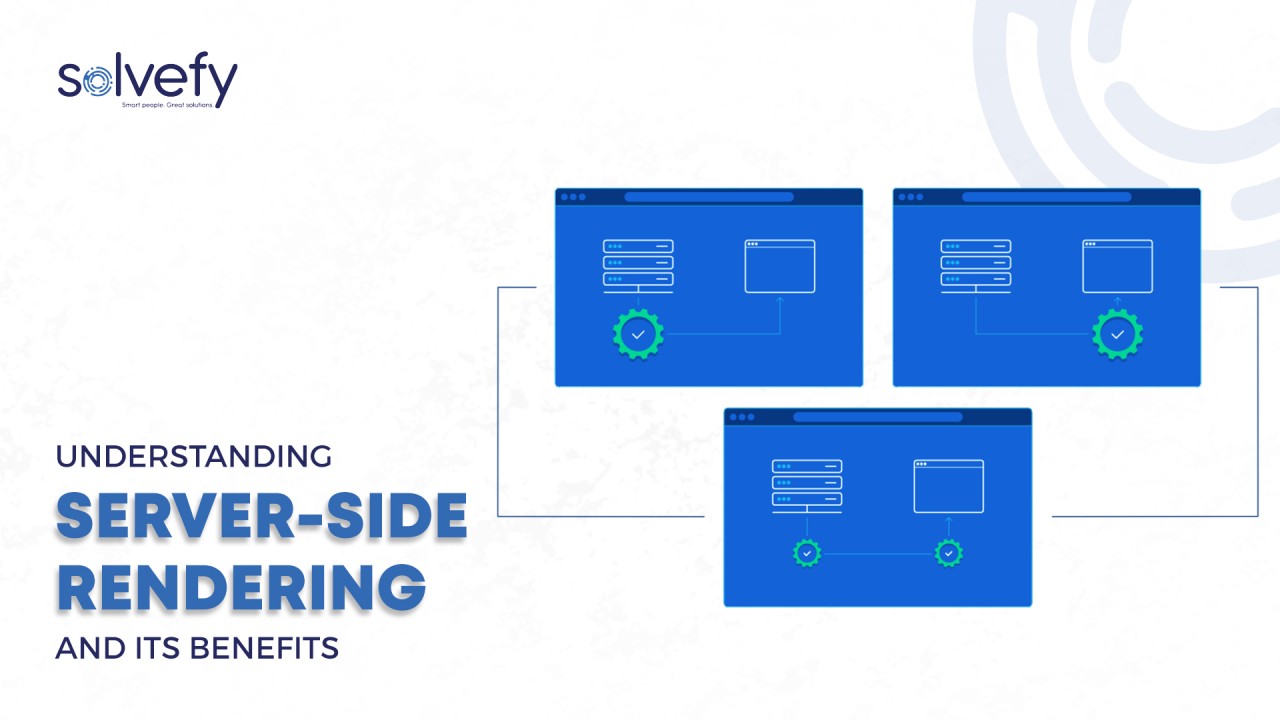
Understanding Server-Side Rendering and Its Benefits
What is Server-Side Rendering (SSR)?
Server-side rendering is a rendering method in which the HTML content of a webpage is generated on the server, rather than in the client's browser. In SSR, when a user requests a webpage, the server processes the request, compiles the HTML content, and sends it to the client's browser. This contrasts with Client-Side Rendering (CSR), where the browser downloads a minimal HTML file and uses JavaScript to render the content dynamically.
How Server-Side Rendering Works
Benefits of Server-Side Rendering
1. Improved Performance
SSR improves the perceived performance of web applications. Since the server sends a fully-rendered HTML page, users can see the content almost immediately. This reduces the time-to-interactive (TTI), leading to a smoother and faster user experience, especially on slower devices or networks.
2. Enhanced SEO
One of the most significant benefits of SSR is its positive impact on SEO. Search engines can easily crawl and index fully-rendered HTML pages. With CSR, the content is rendered by JavaScript on the client-side, which can be challenging for search engine bots to index properly. SSR ensures that all the content is available for indexing, improving search engine visibility and rankings.
3. Better User Experience
SSR enhances user experience by delivering content faster. Users don’t have to wait for JavaScript to download, parse, and execute before they can see the content. This immediate display of content is crucial for retaining users and reducing bounce rates.
领英推荐
4. Faster Initial Load Time
The initial load time of a webpage is critical for user engagement. SSR provides a significant advantage by sending a fully-rendered HTML page to the client. This means that the browser can start displaying the content without waiting for JavaScript to execute, resulting in faster initial load times.
5. Enhanced Security
SSR can enhance security by reducing the exposure of client-side code. In CSR, the client receives and executes JavaScript files, which can be inspected and potentially exploited by malicious actors. With SSR, the bulk of the processing happens on the server, minimizing the client-side attack surface.
6. Reduced Client-Side Workload
By offloading the rendering work to the server, SSR reduces the computational load on the client-side. This is particularly beneficial for users with older devices or slower internet connections. With less processing required on the client, applications can run more smoothly and efficiently.
Implementing Server-Side Rendering
Several modern web frameworks and libraries support SSR out of the box. Here are a few popular ones:
Best Practices for SSR
Conclusion
Server-Side Rendering offers numerous benefits for modern web applications, from improved performance and enhanced SEO to better user experience and security. By understanding and implementing SSR, developers can create fast, efficient, and SEO-friendly applications that meet the demands of today’s users. Embrace the power of SSR to elevate your web development projects and deliver exceptional results.